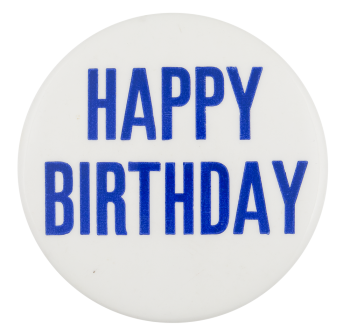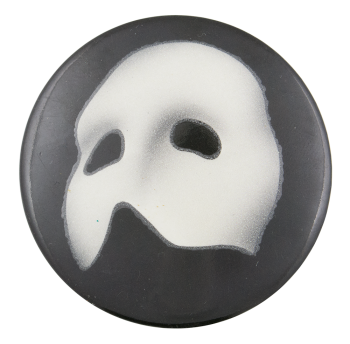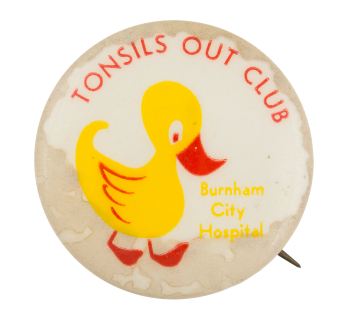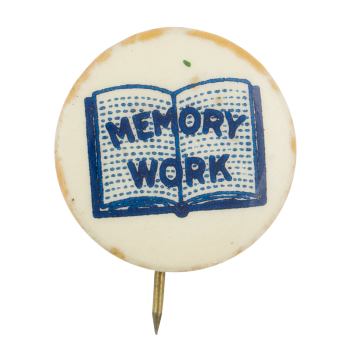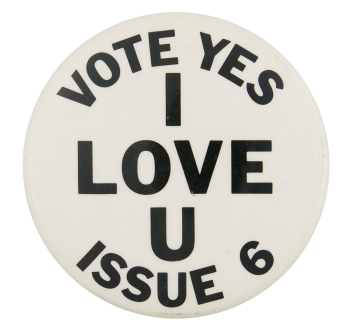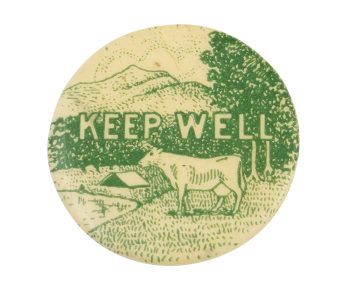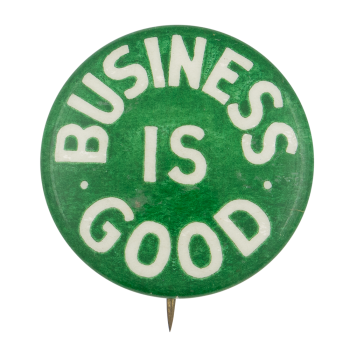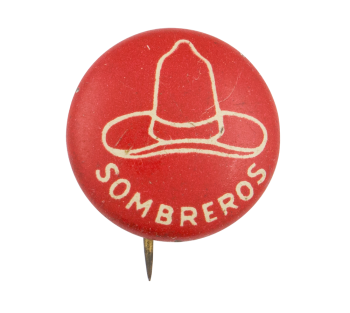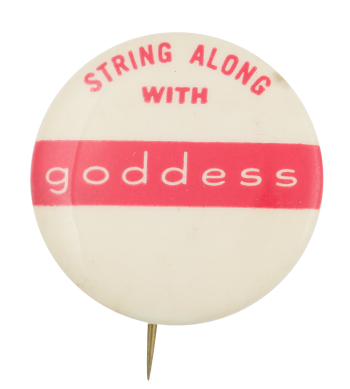| Additional Information |
Having tonsils removed, or tonsillectomies, were common procedures for children in the United States from the 1950s through the 1970s with over a million being performed each year. This process has since seen a major decline and is no longer a standard procedure.
In March 1895, the Burnham City Hospital opened its doors to the residents of Champaign, Illinois. The idea of building a hospital was first pitched by a group of 35 women belonging to the Woman’s Social and Political Science Club. Efforts were spearheaded by Julia Burnham, the well-to-do wife of a local attorney and banker. She made an initial contribution of $10,000, which laid the financial groundwork for the nascent hospital. Burnham was hands-on with the construction process, but did not live to see the opening. She died in New York City at the age of 55, just two months after the hospital’s cornerstone ceremony.
To ensure the success of the hospital, local organizations donated various supplies. The Western Star Lodge furnished the reception room, the Catholic Young Ladies gave books and clothes, and the Urbana Lodge donated private rooms. The ventilation system was considered state-of-the-art, and the building was piped and wired for gas and electricity. An adjacent nursing school was also established in 1902 to train prospective healthcare professionals. Approximately 820 nurses have graduated from the school since its inception.
More than half a century later, the Burnham City Hospital was reconstructed in a piecemeal fashion to update the infrastructure. In spite of this tune-up, the hospital was considered a financial burden to Champaign County and was closed in the 1990s. Today, the site is home to a residential tower and grocery store.
|

